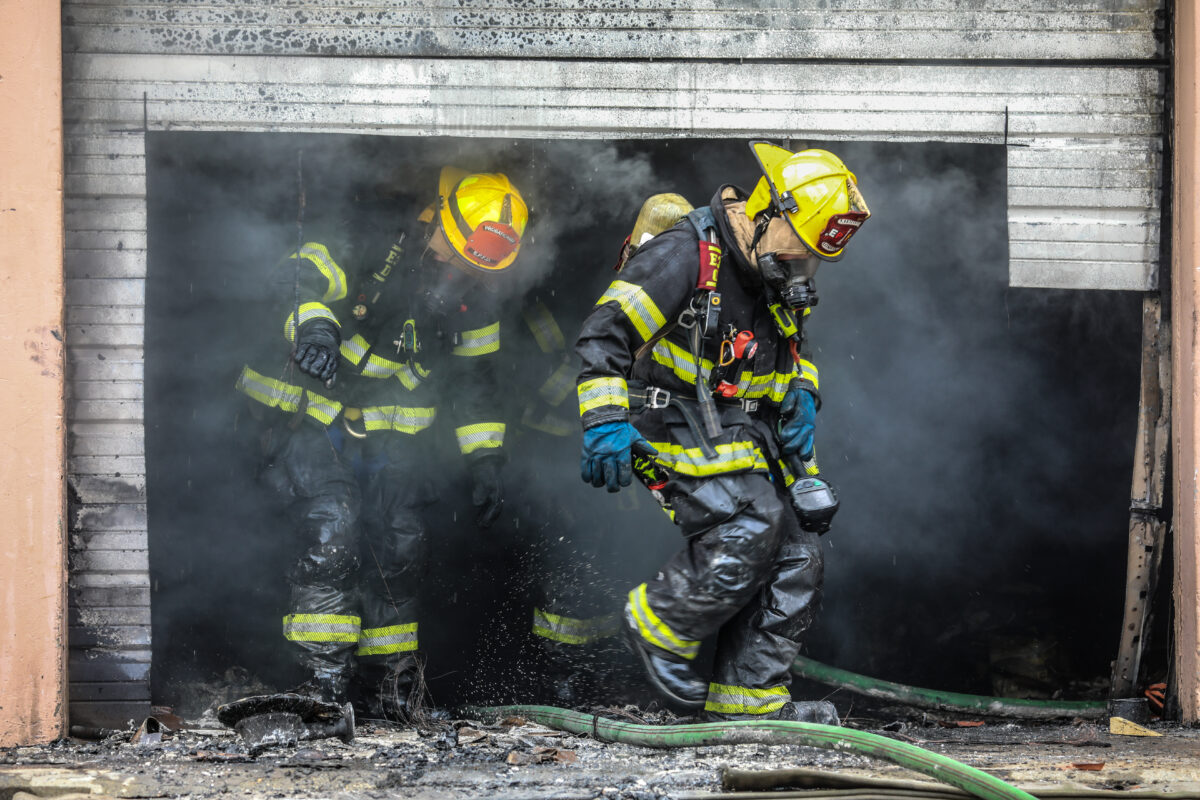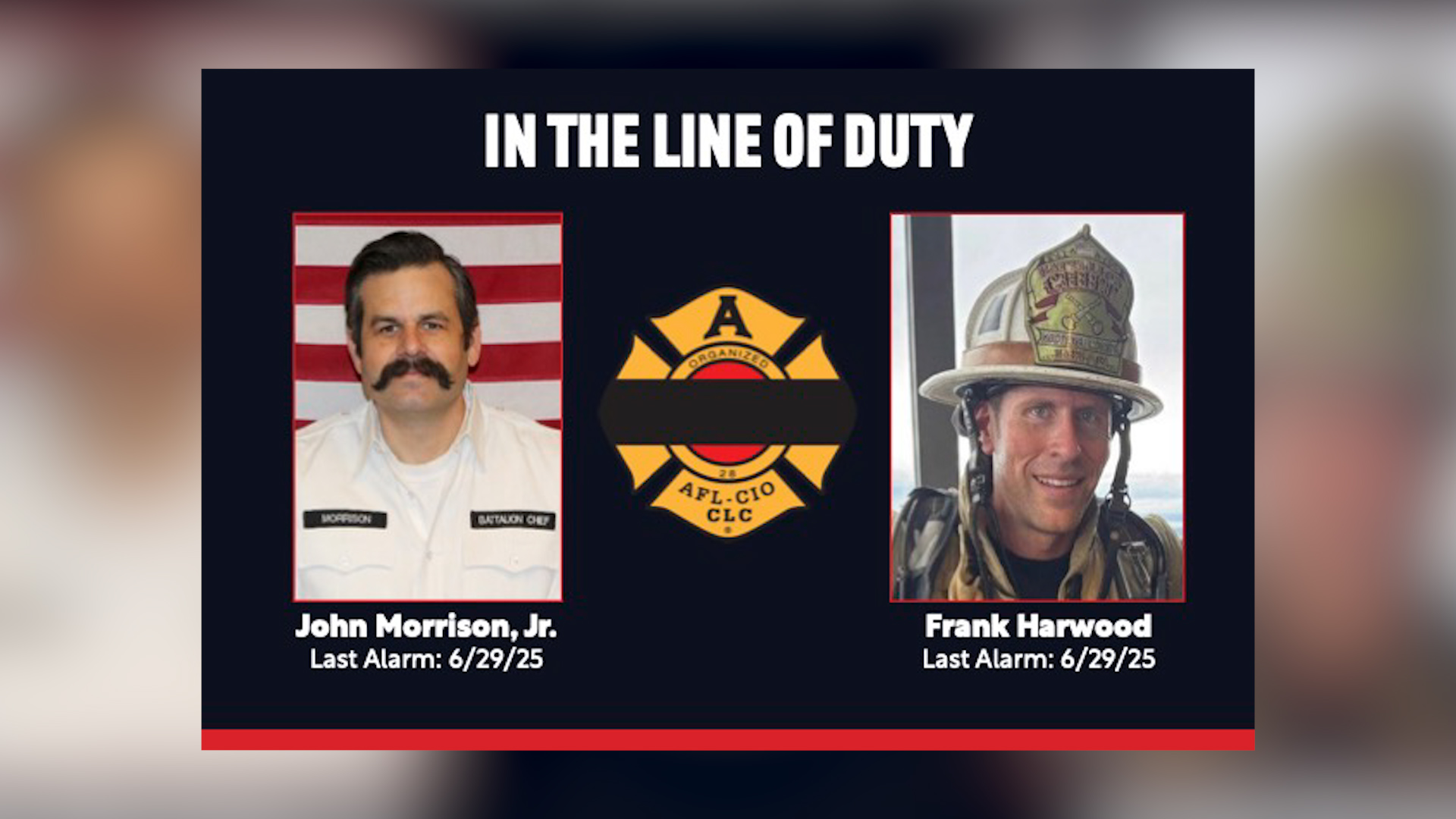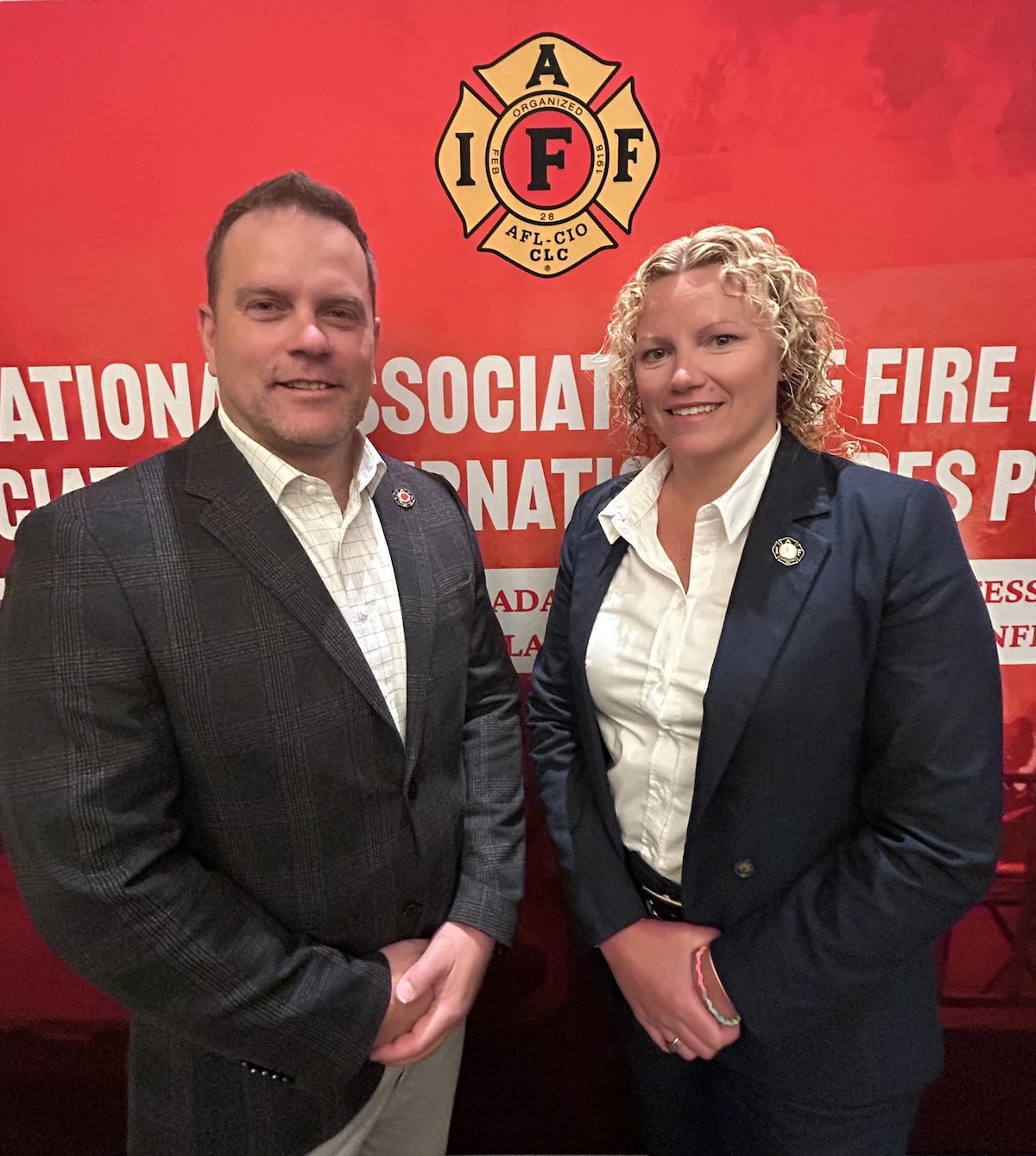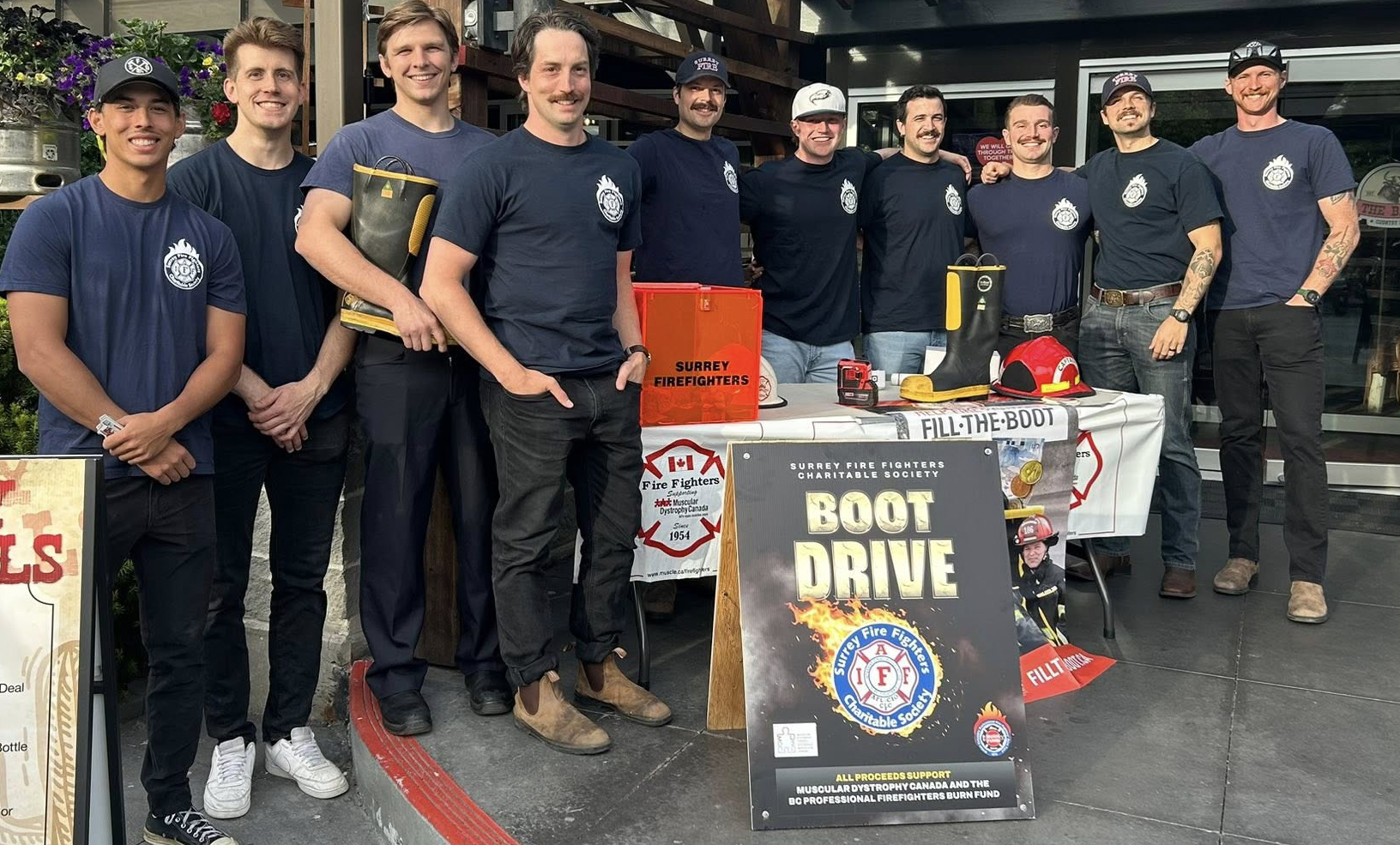In a major step for fire fighter safety, OSHA held an informal hearing from Nov. 12 to Dec. 4 to discuss key federal updates to safety regulations.
“The public should never have to wonder if the fire fighters they call on for help have the right tools or procedures to respond in an emergency, and none of our brothers or sisters should ever die needlessly because their city or municipality failed to prepare them to answer the call safely,” General President Edward Kelly said. “With its proposed Emergency Response Standard, OSHA is ensuring fire fighters and emergency medical workers will have the proper training, staffing, equipment, and protection to serve our communities and stay safe on the job.”
The new ERS would replace the outdated “Fire Brigades” rule, which has been in place since 1980. The current standard has only had minor updates in the 43 years since it was approved by President Jimmy Carter. The proposal is designed to address the evolving risks faced by fire fighters, EMS, and search-and-rescue workers, and to provide them with stronger, more comprehensive protections.
With its proposed Emergency Response Standard, OSHA is ensuring fire fighters and emergency medical workers will have the proper training, staffing, equipment, and protection to serve our communities and stay safe on the job.
general president edward kelly
“The IAFF has stressed in its testimony, and some other organizations echoed, that other professions such as construction workers, electricians, or many other trades have uniform safety standards under OSHA that they must meet, but fire fighters do not,” said IAFF Attorney Mark Linscott. “The existing standard is extremely general and has not kept up with the developing needs of the fire service.”
Kelly opened and closed the IAFF’s remarks at the hearing, which featured testimony from IAFF experts including Chief Medical Officer Dr. Dan Whu, MD, MPH; Chief Science Advisor Dr. Derek Urwin, PhD; Assistant to the General President for Training, Education, and Grants Dr. Joshua Smith; Director of Health and Safety Occupational Services Sean DeCrane, and Wildfire/Urban-Interface Fire Programs Coordinator Joseph Ten Eyck.
Scott Mullins, who represents over 3,700 members and 36 Local affiliates as the president of the Professional Firefighters and Paramedics of North Carolina and is a member of Asheville, NC Local 332, was one of several individual members to testify.
“We have had multiple high-profile, line-of-duty deaths, including the 2011 fire that claimed the life of my friend and colleague, Jeff Bowen, and the recent loss of Ronnie Metcalf earlier this year,” said Mullins.
Through critical analysis and collaboration with the Asheville Fire Department following Bowen’s line-of-duty death, Mullins says there was a shift focused on identifying funding for staffing, training, and safer fire fighter extrications.
“This change in our tactics resulted in saving at least five members during Mayday emergencies the past couple of years,” said Mullins. “Had the Asheville Fire Department not gone through cultural change and implemented new standards, like what OSHA is proposing, many more lives would have been lost.”
The goal is to have OSHA finalize and implement this rule. The IAFF strongly believes it will increase fire fighter safety across the board and is absolutely necessary for the fire service.
attorney mark linscott
The IAFF and other organizations have pushed for these changes to ensure that fire fighters are better equipped, better trained, and have more resources to stay safe while performing their critical work.
“The goal is to have OSHA finalize and implement this rule,” Linscott said. “The IAFF strongly believes it will increase fire fighter safety across the board and is absolutely necessary for the fire service.”
While OSHA continues to review comments before finalizing rules, Mullins says he’s looking forward to the standards becoming reality. “This is great for the fire service, this is a change that should have happened long ago, and had it happened, thousands of lives would have been better for it,” said Mullins.
“Doing nothing isn’t an option when lives are on the line, and I am proud of the IAFF’s work in seeing this proposal through to the finish,” Kelly added.
OSHA will review the public comments and post hearing submissions until Jan. 17, 2025. Linscott said the IAFF hopes to see the final rule adopted sometime in 2025. For more information on the rule process, visit the link here.



